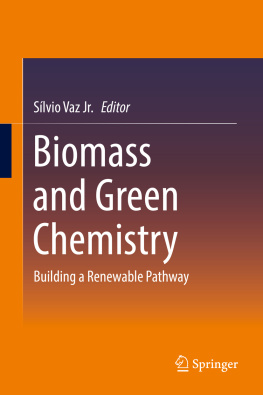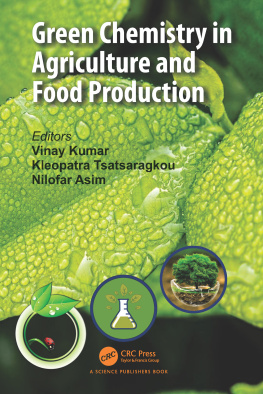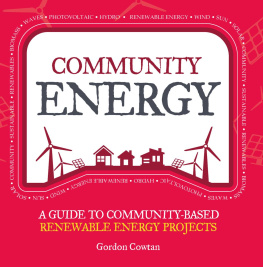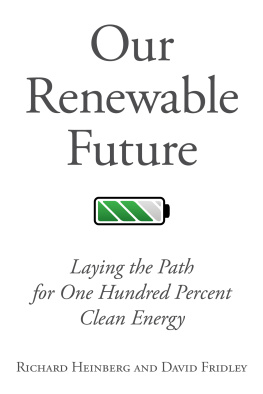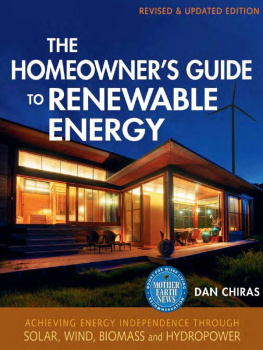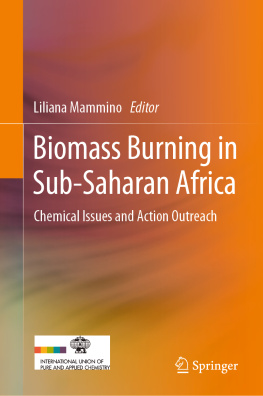Vaz Jr. - Biomass and Green Chemistry: Building a Renewable Pathway
Here you can read online Vaz Jr. - Biomass and Green Chemistry: Building a Renewable Pathway full text of the book (entire story) in english for free. Download pdf and epub, get meaning, cover and reviews about this ebook. City: Cham, year: 2018, publisher: Springer International Publishing, genre: Romance novel. Description of the work, (preface) as well as reviews are available. Best literature library LitArk.com created for fans of good reading and offers a wide selection of genres:
Romance novel
Science fiction
Adventure
Detective
Science
History
Home and family
Prose
Art
Politics
Computer
Non-fiction
Religion
Business
Children
Humor
Choose a favorite category and find really read worthwhile books. Enjoy immersion in the world of imagination, feel the emotions of the characters or learn something new for yourself, make an fascinating discovery.
- Book:Biomass and Green Chemistry: Building a Renewable Pathway
- Author:
- Publisher:Springer International Publishing
- Genre:
- Year:2018
- City:Cham
- Rating:4 / 5
- Favourites:Add to favourites
- Your mark:
- 80
- 1
- 2
- 3
- 4
- 5
Biomass and Green Chemistry: Building a Renewable Pathway: summary, description and annotation
We offer to read an annotation, description, summary or preface (depends on what the author of the book "Biomass and Green Chemistry: Building a Renewable Pathway" wrote himself). If you haven't found the necessary information about the book — write in the comments, we will try to find it.
Vaz Jr.: author's other books
Who wrote Biomass and Green Chemistry: Building a Renewable Pathway? Find out the surname, the name of the author of the book and a list of all author's works by series.
Biomass and Green Chemistry: Building a Renewable Pathway — read online for free the complete book (whole text) full work
Below is the text of the book, divided by pages. System saving the place of the last page read, allows you to conveniently read the book "Biomass and Green Chemistry: Building a Renewable Pathway" online for free, without having to search again every time where you left off. Put a bookmark, and you can go to the page where you finished reading at any time.
Font size:
Interval:
Bookmark:
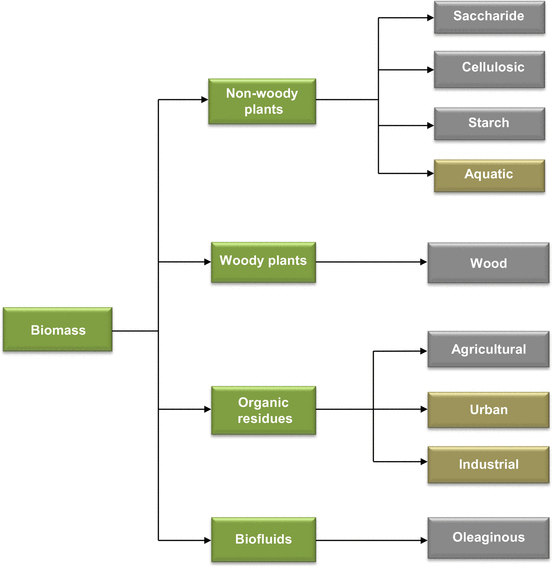
- PreventionIt is better to prevent waste than to treat or clean up waste after it has been created.
- Atom EconomySynthetic methods should be designed to maximize the incorporation of all materials used in the process into the final product.
- Less Hazardous Chemical SynthesesWherever practicable, synthetic methods should be designed to use and generate substances that possess little or no toxicity to human health and the environment.
- Designing Safer ChemicalsChemical products should be designed to effect their desired function while minimizing their toxicity.
- Safer Solvents and AuxiliariesThe use of auxiliary substances (e.g., solvents, separation agents) should be made unnecessary wherever possible and innocuous when used.
- Design for Energy EfficiencyEnergy requirements of chemical processes should be recognized for their environmental and economic impacts and should be minimized. If possible, synthetic methods should be conducted at ambient temperature and pressure.
- Use of Renewable FeedstocksA raw material or feedstock should be renewable rather than depleting whenever technically and economically practicable.
- Reduce DerivativesUnnecessary derivatization (use of blocking groups, protection/deprotection, temporary modification of physical/chemical processes) should be minimized or avoided if possible, because such steps require additional reagents and can generate waste.
- CatalysisCatalytic reagents (as selective as possible) are superior to stoichiometric reagents.
- Design for DegradationChemical products should be designed so that at the end of their function they break down into innocuous degradation products and do not persist in the environment.
- Real-Time Analysis for Pollution PreventionAnalytical methodologies need to be further developed to allow for real-time, in-process monitoring and control before the formation of hazardous substances.
- Inherently Safer Chemistry for Accident PreventionSubstances and the form of a substance used in a chemical process should be chosen to minimize the potential for chemical accidents, including releases, explosions, and fires.
Font size:
Interval:
Bookmark:
Similar books «Biomass and Green Chemistry: Building a Renewable Pathway»
Look at similar books to Biomass and Green Chemistry: Building a Renewable Pathway. We have selected literature similar in name and meaning in the hope of providing readers with more options to find new, interesting, not yet read works.
Discussion, reviews of the book Biomass and Green Chemistry: Building a Renewable Pathway and just readers' own opinions. Leave your comments, write what you think about the work, its meaning or the main characters. Specify what exactly you liked and what you didn't like, and why you think so.

